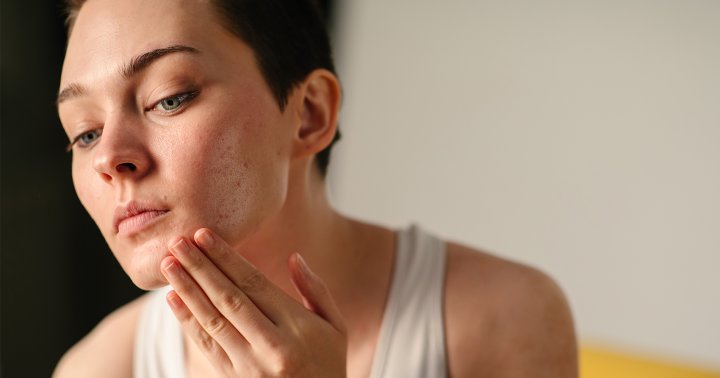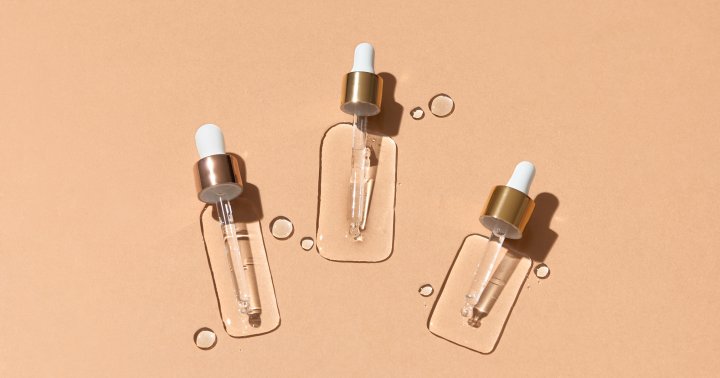This Microbiome Deserves Attention (Hint: It's Between Your Legs)
Take care down there

Advertisement
This ad is displayed using third party content and we do not control its accessibility features.
Image by Studio Set Apart / Stocksy November 08, 2024 Flowers, fruit, seashells… and bacteria? Of all the ways vaginas are depicted, we don’t hear much about the latter. Half the population has one, yet we know so little about the dynamic and finely tuned ecosystem so subtly positioned between our legs. We’re increasingly hearing more about the gut microbiome, so why is it that the bacterial community most intertwined with reproductive health is often left out of the conversation? Luckily, the rise of microbial science is changing that with a much-need female focus to support our helpful inhabitants.
Expect diversity from woman to woman
Similar to the gut, there are different species of bacteria in the vagina. Our vaginal microbiota are as unique as we are, varying from woman to woman, with optimal health and a happy downstairs depending on a delicate balance of these bacteria1. Symptoms arise when one or more of these flora get too big for their britches and grow to higher than normal levels.
What’s more, this bacterial composition changes with the tides, adjusting with menstruation, pregnancy, and pathogens (the bad guys).
Predominant bacteria even vary based on ethnicity, with research showing us there is no core vaginal microbiome in the grand scheme of women as a whole, but instead, various patterns present among different ethnic groups.
More reasons to care about our friends down there
The dreaded yeast infection is enough to send shivers down the spine of any woman (especially during swim season), while bacterial vaginosis offers a uniquely awful and painful experience as well. And we can’t forget the discomfort and inconvenience of a UTI. Some sexually transmitted infections (STIs)2 are caused by bacteria and can wreak havoc on our overall health. The vagina is an amazing organ with a complex job; unfortunately, it’s also subject to some complex problems.
Vaginal disorders like these can happen from bacterial dysbiosis (in the case of BV), an overgrowth of fungus (yeast infections), and other factors like viruses, hormonal changes, irritations to cleansing products, and more.
These issues are major hindrances in day-to-day life—from being able to work to having a healthy sex life—and they also come with some serious risks if they’re untreated or recurrent.
Clearly, our microscopic makeup is no joke and has major implications for our health. That being said, rather than be scared of our bacteria turning on us, let’s get empowered to support the vaginal ecosystem to function at its most optimal.
What’s a girl to do?
Luckily, caring for the vaginal microbiome doesn’t necessarily have to be super complicated. A few easy-to-remember tips and tricks can go a long way in keeping your lady business in tip-top shape.
The takeaway
While these simple steps support healthy vaginal flora, it’s important to see a doctor when things just don’t feel quite right. The American College of Obstetricians and Gynecologists recommends annual check-ups and it’s always a good idea to reach out to your doc if you're experiencing signs of an infection.

 Tfoso
Tfoso 





























.jpg&h=630&w=1200&q=100&v=6e07dc5773&c=1)


